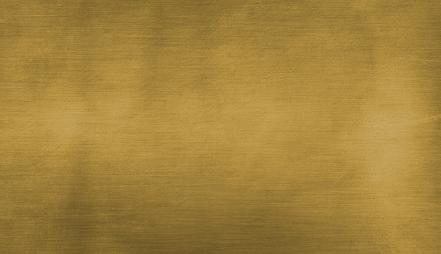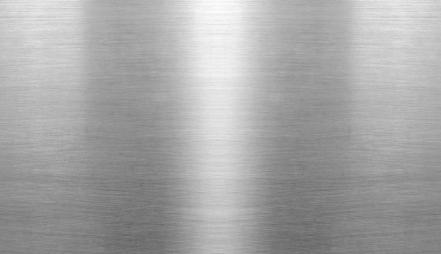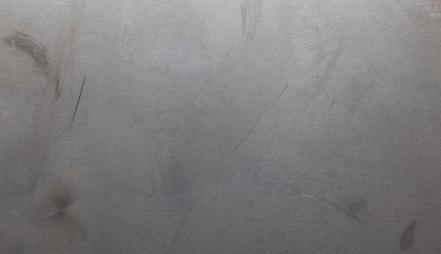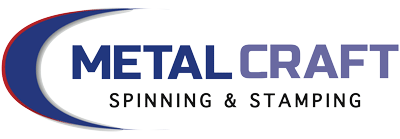5 Tips to Optimize Your Metal Spinning Design
Metal spinning is a highly beneficial metal forming process for applications requiring seamless parts or strong structural components. During the metal spinning process, metal is spun manually or on a CNC lathe to create a wide range of parts and components, including:
Whether you require short-lead prototypes or mass production, metal spinning can accommodate nearly any production volume. To ensure the best possible results for your metal spinning design, it’s important to adhere to the following best practices during the design and planning phase.
1. Define Object Function
Not knowing the exact part you’re designing leads to wasted time and materials during the metal spinning process. Metal can be spun on both circular and semi-circular shapes, meaning the metal spinning process works for designs requiring sharp corners.
Once the goal of your part is defined, you can create a design that leverages metal spinning’s customizability and precision.
2. Pick Your Material
Metal spinning accommodates a wide range of materials, including titanium, stainless steel, carbon steel, aluminum, and more. Choosing the proper materials for your project will minimize waste and ensure optimal results. Considering factors such as desired part thickness will help you narrow down which metal is best.
 Brass
Brass Copper
Copper Aluminum
Aluminum Stainless Steel
Stainless Steel Cold Rolled Steel
Cold Rolled Steel3. Consider Material Thickness
During the metal spinning process, the sidewalls of your component will thin and could vary as much as 25% depending on the sidewall height and the type of metal used. This makes it important to carefully consider the amount of pressure to apply from the mandrel to the workpiece.
For best results, avoid sharp corners in your finished part and ensure the formed radius of the end object is at least 2-3 times the material thickness.
The bottom of the finished part will be equally as thick as the original metal blank.
4. Specify Your Tolerances
Parts and components made using the metal spinning process don’t always require consistent thicknesses throughout. It’s also important to note that the diameter of a part can be affected by flatness and roundness.
A good rule of thumb is to manufacturer your metal-spun parts with tolerances of +/- 0 .02’’, +/- 0.03” or higher.
5. Cost Factors
Compared to many other metal forming methods, metal spinning offers a cost-effective way to create your custom parts.
Since each design has its own unique size and tolerance requirements, it’s important to conduct a cost/benefit analysis to determine possible savings.
Quantity, material, size, and value-added services are all important factors when considering costs.

